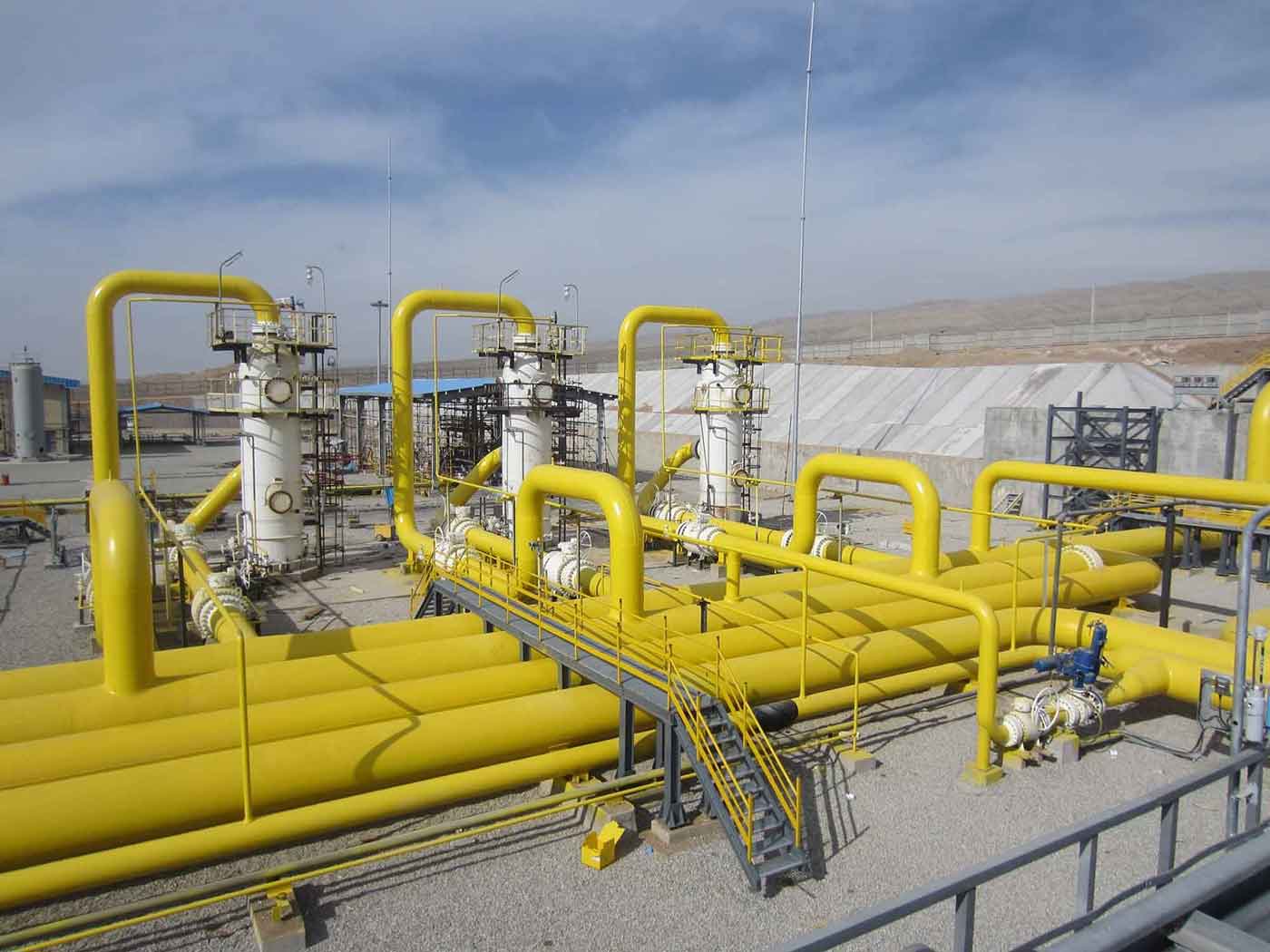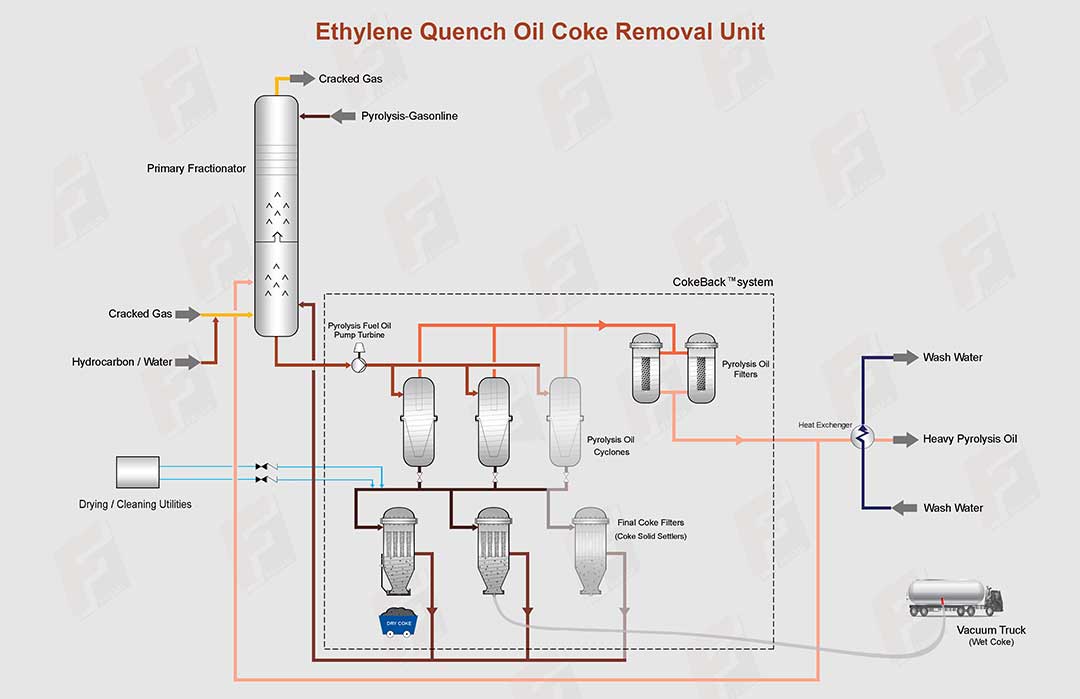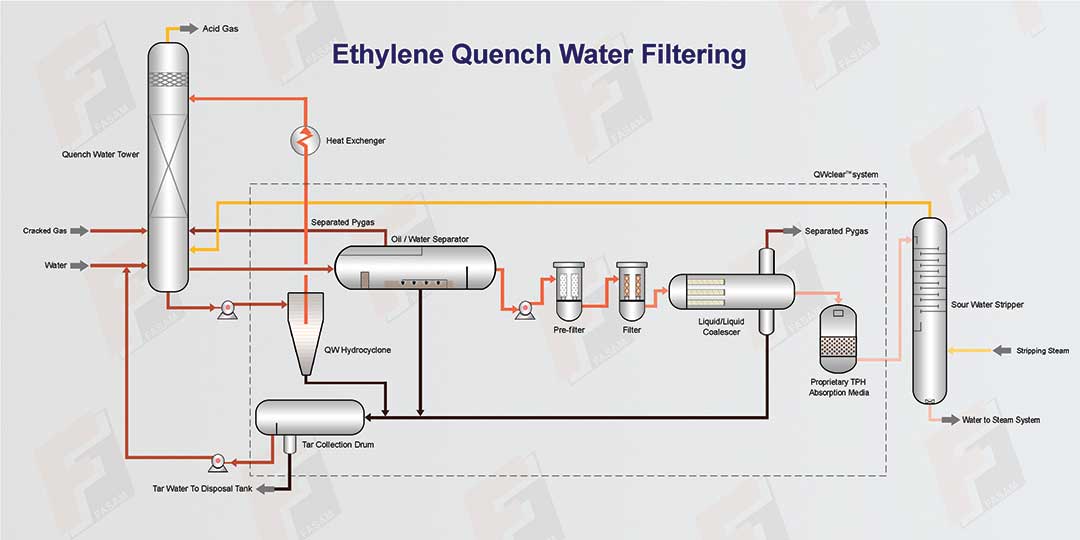FASAM provide solutions for Gas-Solids, Gas-Liquid and Liquis-Liquid filtration and separation in a wide range of applications in Oil and Gas Plants, Petrochemical, Chemical and Power Plants.
Filtration & Separation Solutions
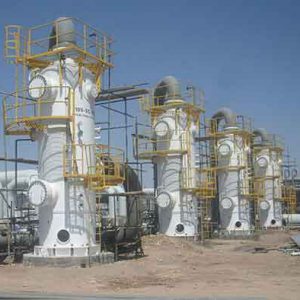
Suction Scrubber
Suction scrubbers (Multicyclone Scrubbers) are usually used for removing of entrained liquids and solids from main gas streams. It is typically used upstream of gas treating equipment or mechanical equipment such as compressors. Multicyclones are often utilized as pre-separators for filter devices, especially coalescers, in that the separator’s removal of solids and liquids greatly reduces the loading on downstream filters, thereby extending their service life and reducing maintenance costs, downtime, labor, etc.
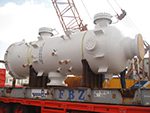
The FASAM multicyclone scrubbers can be designrd in single stage or two stage configuration to fit project application. As of today, there is a tendency to apply two stage systems of transported gas processing, i.e. combination of multicyclones and coalescers, to provide finest separation of contaminants from gas flow. Multicyclone tubes section provides first separation stage for removing the liquids and/or solids from the gas flows with a minimum pressure drop. Second separation stage is by coalescing filters. Thus, we offer perfect filtration of gaseous media from both solids and liquids with high efficiency rate.
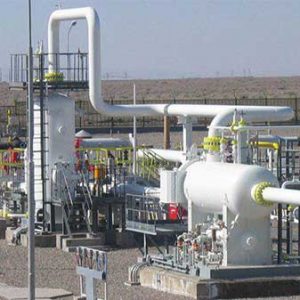
Filter Separators
Most gas streams contain liquid droplets and solid particles smaller than 5 microns in diameter. These ultra fine particles are difficult to remove by conventional means. FASAM Filter Separators are specifically designed to remove the maximum possible of contaminates such as fine mists, fogs, and dust down to 0.3 microns from gas streams.
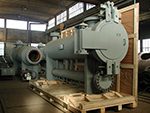
FineSep are designed in either a horizontal or vertical configuration. The filter vessel is comprised of two stages. The first stage contains replaceable molded fiberglass elements mounted on supporting carriers welded into a filter partition plate. The second separation stage is designed for each specific applications, and may use FASAM vane mist extractor, mist eliminator, or separator filter elements in order to acheive optimum performance. Due to combined action of the two stages, the efficiency of this equipment is of the highest level achievable for any other type of separator. Our FineSep guarantees 100% removal of all liquid droplets 8 microns and larger and 99,5% removal of all liquid droplets down to 3 microns. For solids it guarantees 100% removal of particles as small as 3 microns.

Tubular Backwash Filters
FASAM Tubular Backwash Filter Systems are designed for continuous operation with high flow rates in applications with low solids loadings (<200ppm typical) and easily filtered. These filters use permanent, self-cleaning media which eliminate the costs of disposable bags and cartridges. When continuous and uninterrupted filtrated flow is required, tubular backwashing filters allow full forward flow while cleaning is also done.
FASAM Tubular Backwash Filters are designed for continuous operation. This is accomplished by configuring the filter system with multiple tubes which all have forward flow while in normal operation. When a specific pressure differential is reached between the inlet and outlet, the filter enters cleaning mode. During cleaning, one filter tube at a time is brought off line and back-flushed (backwashed). The back-flushing removes the contaminants from the permanent, reusable media and washes them to drain. While the individual tube is backwashing, the rest of the tubes maintain full forward flow. The liquid used to backwash the filter can come either from the filtrate, Internal Backwash, or from a separate source, External Backwash. The backwash liquid can be disposed of or sent to a filter press for dewatering.
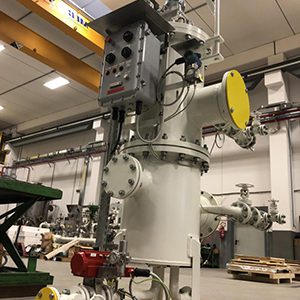
Automatic Backwash Filters
The automatic backwash filter has proven itself in numerous industrial applications as a process-reliable, high-performance and by and large maintenance-free backwash filter system. Employing the concept of fully automatic backwash of the filter cartridges, the filter cleans itself during the ongoing filtration process with no interruption of operation. FASAM backwash filters are supplied as fully automatic self-cleaning filters and are used to filter all liquids, where the mechanical removal of impurities is required. The filtering elements are cleaned automatically by means of back washing with the same filtered fluid, without interruption of fluid flow.

FASAM backwash filters range from less than 25 microns to 3000 microns, in regard of particles removal, and up to 12,000 m3/h as the filtration capacity, depending on filter size and filter medium. Filter cleaning is accomplished by cleaning of each filter element automatically by means of back washing with the same filtered fluid, without interruption of fluid flow. Filter cleaning is required when the differential pressure on the unit increases to the point of maximum or the flow becomes too restricted. This filter is also called automatic backwash filter or self-cleaning strainer.

Amine Filtration
Lean amine pre-filtration systems provided by FASAM are designed to remove solid particulates such as iron sulfides and solids carry-over from the rich amine, as well as protect the downstream activated carbon adsorption bed. Post-filters are designed to prevent fragmented activated carbon fines from causing detrimental downstream issues. We provide high efficiency, state-of-the-art filtration technologies for complete removal of suspended solids in lean amine solvents.
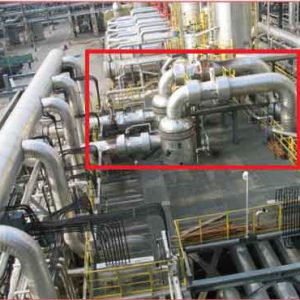
Quench Oil Filtration
Ethylene is produced by heavier hydrocarbons steam cracking process. The high temperature of at the cracker unit causes a coke creation. The coke particles are removed from the gas phase to the oil phase when oil is used for quenching and can be accumulated there. The very hard coke particles can cause problems at columns trays, heat exchangers and calming points of unit.
FASAM CokeBackTM, coke removal unit, consists of a two stage coke and tar filtration from quench oil or water . The first stage is coke separation from the main quench oil stream by using hydrocyclones. From this stage (from cyclones bottom) some portion of quench oil enriched by coke is withdrawn and brought to specially design process filter. Filter is backwashed periodically and the entrained cokes may be dried by nitrogen before disposal or may be discharged as wet coke by vacuum track. This is the coke removing systems approved at many ethylene plants over the world.
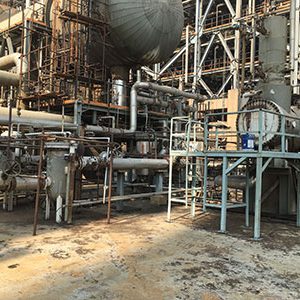
Quench Water Filtration
Most Ethylene plants have a stream of process water from the Dilution Steam System (DSS) that is contaminated with pyrolysis gasoline together with small amount of tars, heavy aromatics and coke particles that are undesirable in the water. When significant quantities of these hydrocarbons are present, they can cause a variety of problems downstream, most importantly fouling in the downstream strippers or dilution steam heat exchangers, thus increasing both maintenance and operating costs. Some pyrolysis gasoline (hydrocarbons) will be present in the water under all circumstances, but large quantities can be present when carryover from Quench Water system Oil-Water separator happens. Removal of the pyrolysis gasoline from QW system is difficult because the interfacial tension is very low which means that pyrolysis gasoline/water dispersion is very stable and difficult to separate. This also means that the resulting dispersion will consist of very small pyrolysis gasoline droplets in the water stream. The small average droplets size and low interfacial tension are the main reasons for poor efficiency of the oil-water separator and causing carryover of pyrolysis gasoline into the downstream systems causing fouling and resulting in high operating and maintenance costs.
FASAM QWclearTMsystem consists:
The circulating water from bottom of the QW tower is pumped through the hydrocyclones removing coke particles, protecting the top distributor and packing from fouling. A side stream flows the tar collection drum in order to allow enough residence time to separate heavier-than-water tars and coke in the bottom and water in the upper section.The net water from QW tower bottom (condensed dilution steam) flows to the oil/water separator to separate heavier-than-water tars and coke in the bottom and any light gasoline components in the upper section.
Slip streams from these compartments are sent to the tar collection drum in order to provide additional residence time to improve the water/hydrocarbons separation.
The net water from oil/water separator is pumped to cartridge filters and then to a special design coalescer filter.

